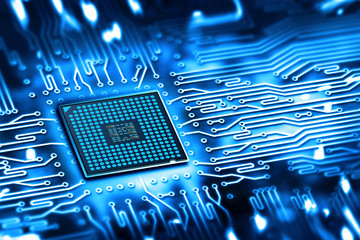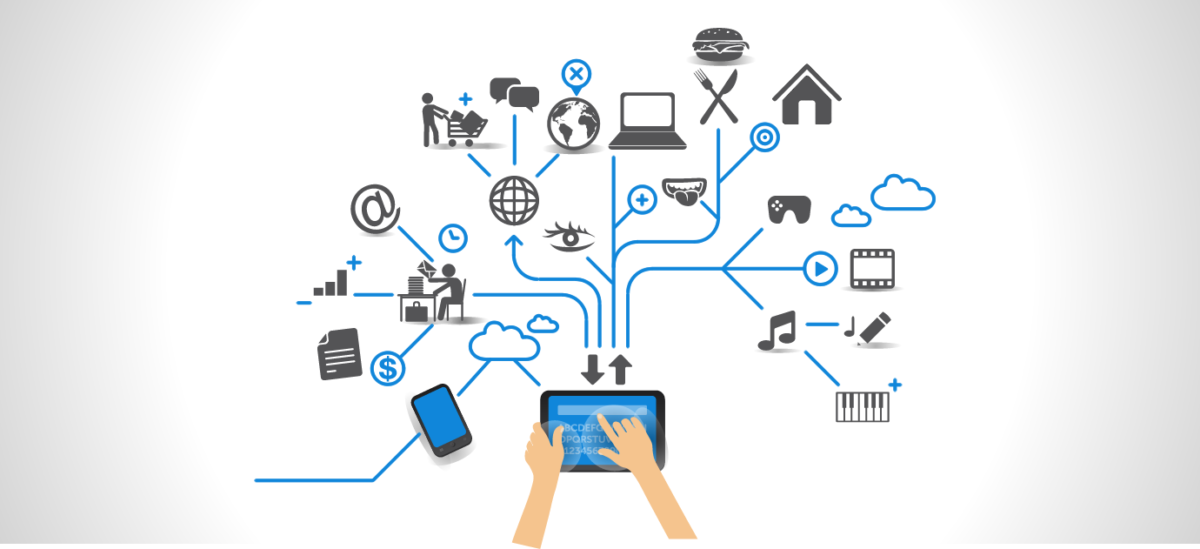If you thought that microchips were used just for pets, you were wrong!
We have been getting used to see the launch of new technologies and innovative solution, thought to facilitate everyday activities. QR codes, smartphones wallets, Mobile payment Apps have been designed to make the management of boarding passes, tickets and transactions easier, quicker and more convenient. However, some solutions look like far away from what reality is. For instance, the idea that we could be able to pay and carry our ID and passport with us under our skin is something quite futuristic and difficult to conceive, at least for me, but in the last years it is actually being slowly adopted. A Swedish train company claims that are around 100 those customers that are already making use of this system while in Sweden people who have microchip implanted in their hand are up to 20,000; they use it in substitution of their working badges, namely for to use of printers, to open doors and to pay for food. The device is surgically implemented underneath their skin, between the thumb and the forefinger, and it uses a NFC technology.
The potential utilization of the system is not limited to these functions but can be extended to a broader range of applications. Indeed, it can be used to store medical history information, to keep tabs of criminals, to be able to control many of technical devices (e.g. thermostat, TV) other than facilitate ID and driver license identification.
But does this system provide just benefits? Of course not.
One of the downsides is that there might be the possibility that the microchip migrates in the body making its scanning quite complex. In particular, in case of medical emergencies the retrieving of information wouldn’t be immediate leading instead to a completely opposite outcome. Additionally, it might be incompatible with many medial equipment.
However, the most relevant issue concerns the user’s privacy. How is it possible to ensure that no one will steal all my sensitive data? And who will grant that I won’t be tracked wherever I go? I would personally be very scared of that. If from one side it allows us not to worry anymore about loosing wallets or tickets, on the other side it would be a huge tempting source of personal information for people such as hackers; it would be probably easy for them just to corrupt or copy our data.
I recognize that we live in a world where high technologies are becoming the cornerstone of our daily life, however I think that it’s probably too early to think about such a solution. There are still too many gaps in privacy protection that could make its adoption detrimental for individuals. But What do you think instead?
Resources:
Human Microchipping, The Benefits and Downsides (2017). [Online]. Retrieved Oct. 15, 2017. Available at: https://www.richardvanhooijdonk.com/en/the-benefits-and-downsides-human-microchipping/
J. Lewis (2017). Swedish commuters are paying for train journeys with a microchip embedded in their HAND.[Online]. Retrieved Oct. 15, 2017. Available at: https://www.thesun.co.uk/travel/3799600/swedish-commuters-are-paying-for-rail-journeys-with-a-chip-embedded-in-their-hand/


